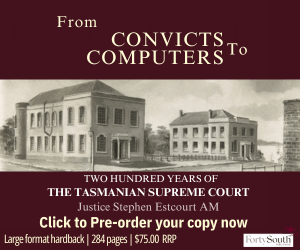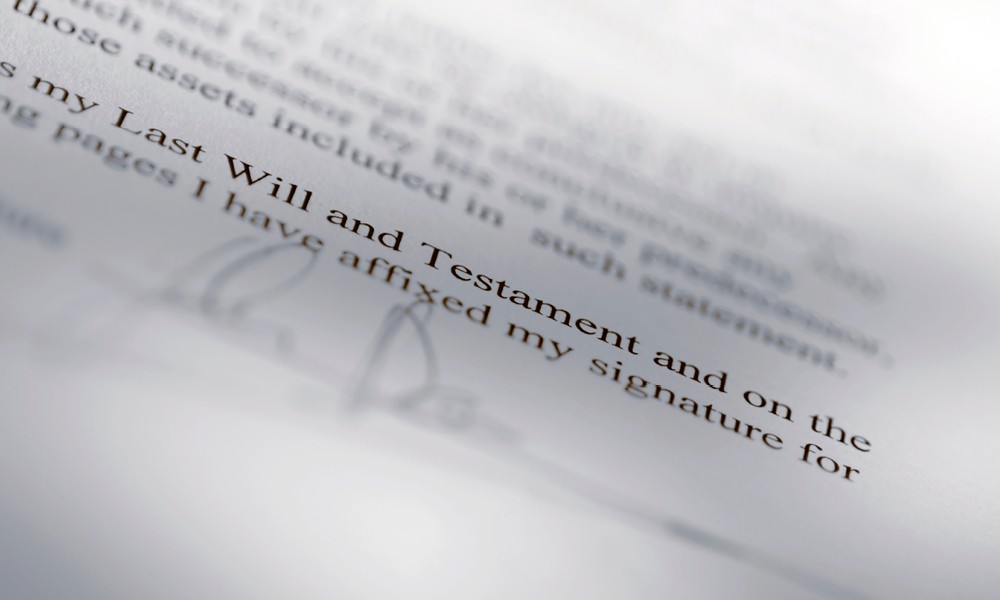Queensland Law Society has recently received enquiries from practitioners asking whether they need to retain the original death certificate when filing applications for grant electronically, or whether the original can be returned to their clients.
This article explains the rules regarding death certificates and concludes that practitioners must retain the original death certificate (as well as all other original electronically filed material) for a period of seven years.
What is Objective Connect
In February 2021, the Supreme Court of Queensland launched ‘Objective Connect’, an online platform/portal allowing practitioners to file applications for grants (probates/letters of administration and reseals) electronically.
The Objective Connect portal connects practitioners with court registry staff by:
- allowing practitioners to lodge applications for grants and supporting documents for filing with practitioners scanning the application and supporting material into PDF format and uploading to the portal
- allowing registry staff to receive the grant and supporting documents, assign a file number and issue payment details to the practitioner for the filing fee
- allowing practitioners to pay the filing fees online (by credit card) and communicating this with registry staff
- allowing registry staff to issue the grant electronically to practitioners.
Notwithstanding the move to electronic filing of grant applications, there is still a requirement for the original will and codicil (if applicable) to be sent to the registry (either by post or by hand-delivering to registry staff).
Whilst the original will and codicil still needs to be delivered to the court registry, it allows practitioners to submit documents outside of usual registry hours that are convenient to the practitioner (although on the understanding that registry staff will not be processing documents outside of these registry hours).
Rules prior to Objective Connect
Prior to the introduction of Objective Connect, at a minimum practitioners would have to file in the Registry for a grant application the following:
- the application
- the affidavit in support of the grant application which exhibited:
- the original death certificate of the deceased
- a copy of the will and codicil (if in existence)
- renunciations and death certificates of executors or other persons in priority (if necessary)
- medical evidence as to the deceased’s capacity (if relevant)
- the affidavit of publication and service.
The original will and codicil (if in existence) would be lodged with the application documents. The court would then keep the original of all of the above documents (including the original death certificate). The original death certificate was never returned.
Current rules
When using Objective Connect, there is no longer a requirement to send the original grant application or supporting documents other than the original will and codicil (if applicable).
As practitioners now retain the application and supporting documents (including the original death certificates), Queensland Law Society has recently received a number of enquiries from practitioners asking whether the original death certificate can be separated from the affidavit and released to their executor clients.
Rules 602 and 609 of the Uniform Civil Procedure Rules 1999 (Qld) (UCPR) provides for the contents of a supporting affidavit to grant applications. Specifically, it provides that:
“if a certificate of the deceased’s death is issued under the Births, Deaths and Marriages Registration Act 2003 or a corresponding law of another jurisdiction – have, as an exhibit, a certified copy of the certificate.”
The UCPR is silent on the meaning of “certified copy”. However, the death certificates issued by the Registry of Births, Deaths and Marriages contains the following statement:
“I, …, Registrar-General, certify that the above is a true copy of particulars recorded in a Register kept in the General Registry at Brisbane.”
It is therefore clear that the “original” death certificate referred to is not in fact an “original” because the original particulars of the deceased’s death are held in the General Registry. the death certificate is in fact a “certified copy”; that is, a copy certified by the Registrar-General.
The Supreme Court of Queensland has taken the view that, for the purposes of interpreting Rules 602 and 609 of the UCPR, “a certified copy of the certificate” means the original certified copy provided by the Registry of Births, Deaths and Marriages. Indeed, the Wills and Estates section of the court’s website, where it sets out what is required for a succession application, provides:
“exhibits … an original death certificate issued by the Registry of Births, Deaths and Marriages. The death certificate will not be returned after the grant is issued. Do NOT file a photocopy certified by a JP or legal practitioner. The certificate you file must be the one issued by the Registry of Births, Deaths and Marriages.”1
There has been no change in the rules surrounding death certificates since the implementation of Objective Connect. The rule applies whether the application is filed over the counter or electronically.
We then turn to Rule 975C(2) of the UCPR which provides that the party or solicitor filing an electronic document must:
“(a) retain or cause to be retained, until 7 years from the date of filing, the paper form of the document from which the image document was created; and
(b) produce the paper form of the document if required to do so by the court.”
Accordingly, practitioners have a responsibility when electronically filing grant applications to retain the original documents for a period of seven years which would include the “original” death certificate exhibited to the affidavit in support of the grant.
As officers of the court, our paramount duty is to the court and the administration of justice.[2] Therefore practitioners should be following Rule 975C(2) of the UCPR and should:
- not be removing “original” death certificates from affidavits
- not be returning “original” death certificates to clients or third parties
- retain in a safe and easy to retrieve location, the original documents that were electronically filed for a period of seven years.
What if clients require the original death certificate?
If clients require the “original” death certificate, then an application to the Registry of Births, Deaths and Marriages can be made for another one. However, generally in my practice, I have found most clients are happy with a colour photocopy or certified copies.
On occasion, clients may want an “original” for sentimental purposes. Occasionally, another “original” is required to deal with other assets.
Conclusion
The “original” death certificate must be retained by practitioners for a period of seven years. Practitioners should ensure that all original electronically filed documents are easily locatable (perhaps in a central location). This is to ensure that if the practitioner is ever called upon by the court to produce the original, they can easily comply with that request.
Natalie Silvester is a Senior Associate at Mullins Lawyers, a QLS Accredited Specialist in succession law, and a member of the QLS Succession Law Committee.
Footnotes
1 See courts.qld.gov.au/services/wills-and-probate/applying-for-a-grant/grant-of-probate.
2 Legal Profession (Australian Solicitors Conduct Rules) Notice 2012, Rule 3.1.








Share this article